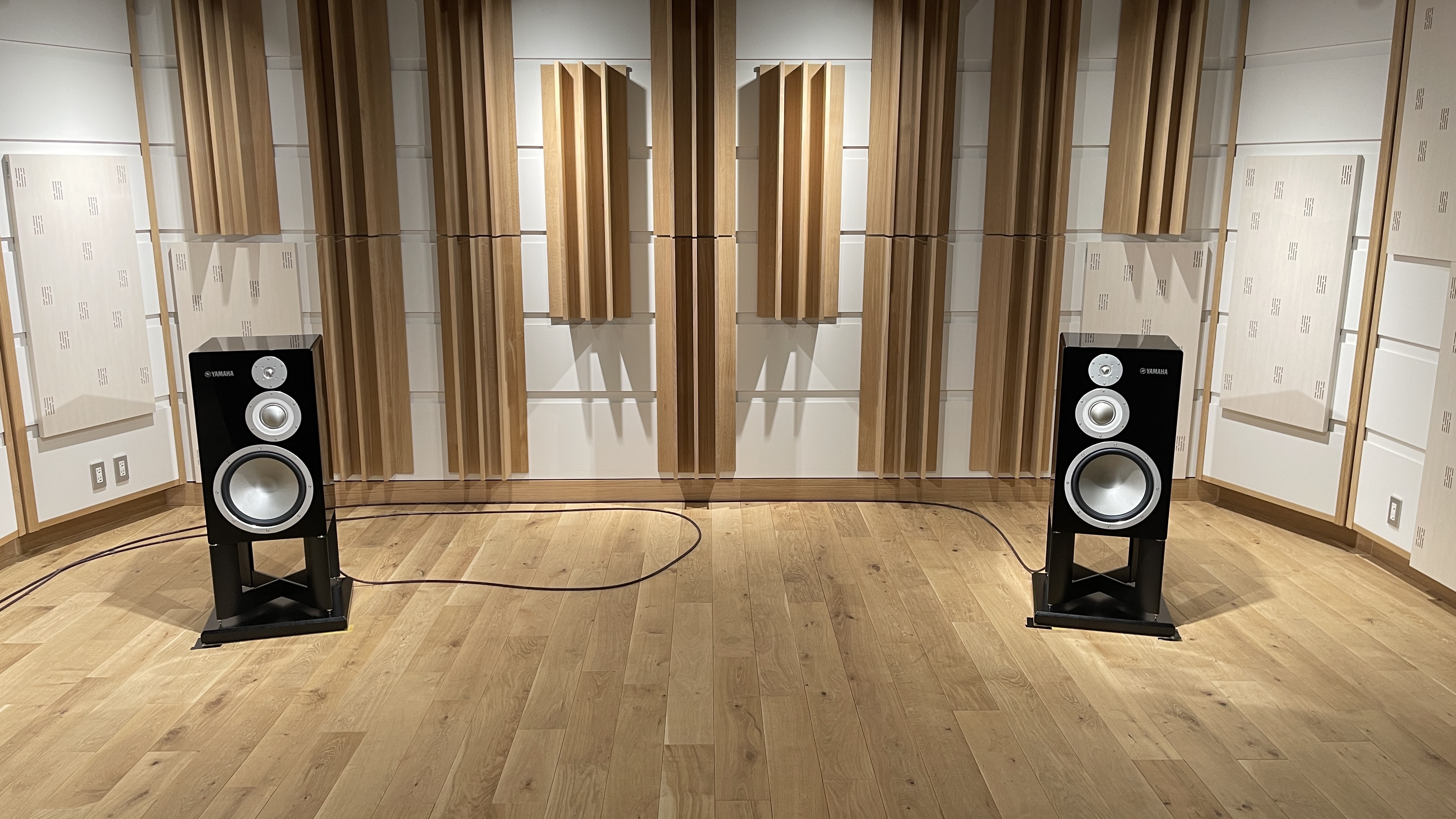What Hi-Fi? Verdict
An excellent 4K projector that delivers an exciting and vivid picture
Pros
- +
Fantastic 4K detail
- +
Excellent motion processing
- +
Solid contrast control
Cons
- -
Image can lack subtlety
Why you can trust What Hi-Fi?
The Sony VPL-VW590ES is Sony’s top lamp-based, native 4K projector. There are more premium models in the family, but they feature laser light sources instead. This more traditional approach keeps the VW590ES relatively affordable, as native 4K projectors go, while still offering plenty of contrast and, according to Sony, stunning detail and rich, faithful colour.
Key to the experience is Sony’s SXRD projector panel technology. It’s a liquid crystal on silicon (LCOS) solution engineered by Sony to produce deep blacks, clear motion and a smooth picture with enough heat and light resistance to ensure a stable image. Sony has stiff competition at this end of the market, so will need a superb performance to hold off the likes of JVC.
Build
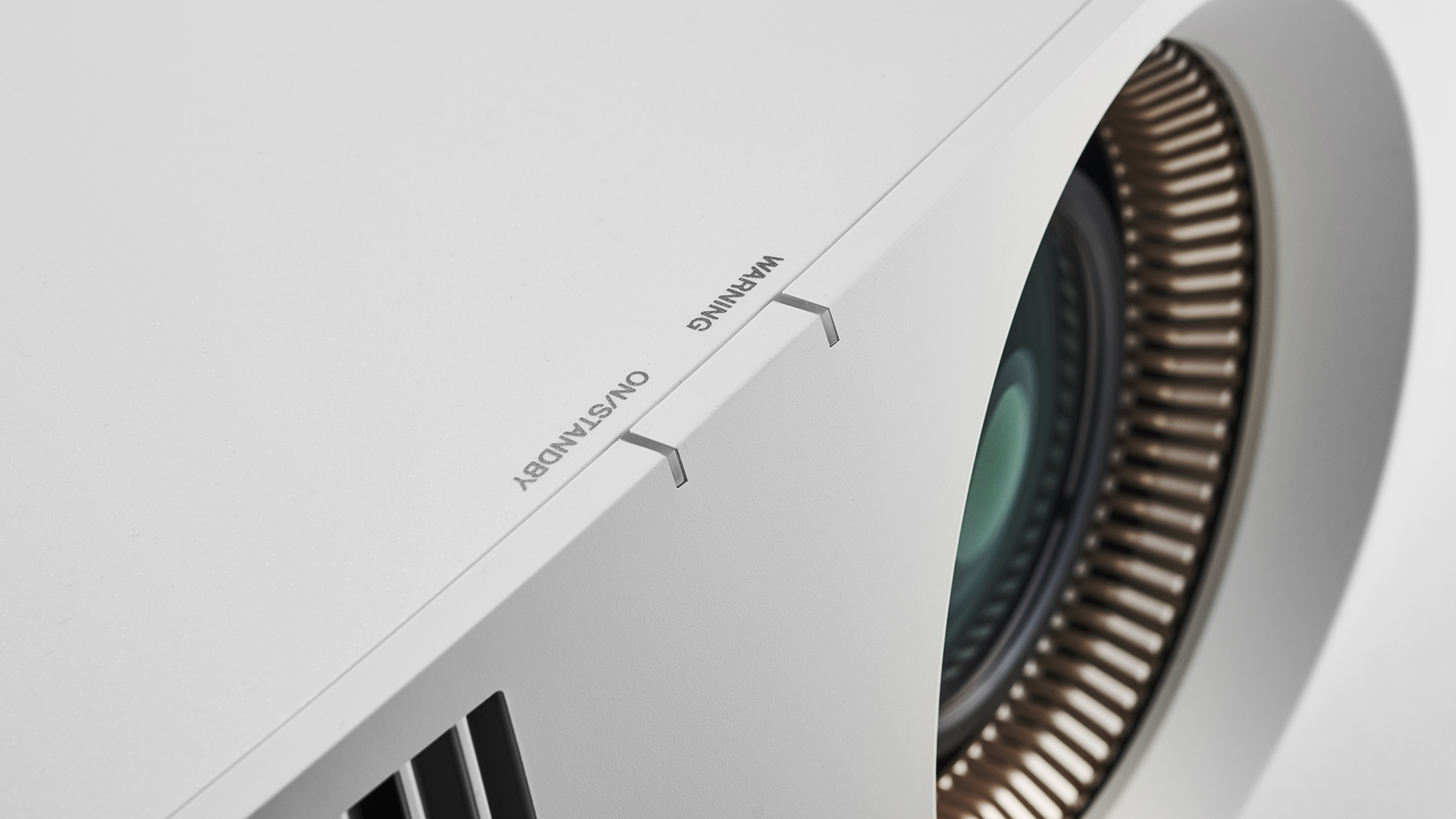
The Sony VPL-VW590ES is an update to the VPL-VW550ES, a projector we gave five stars when we reviewed it back in 2017. The new model is much the same in terms of size and core spec.
At 50cm wide and weighing 14kg, it takes up the kind of space one would expect of a native 4K projector and is suitable for either ceiling- or rack-mounting. There are two HDMI 2.0 ports and a single USB 2.0 for your source material. The internet connectivity is for firmware and service only.
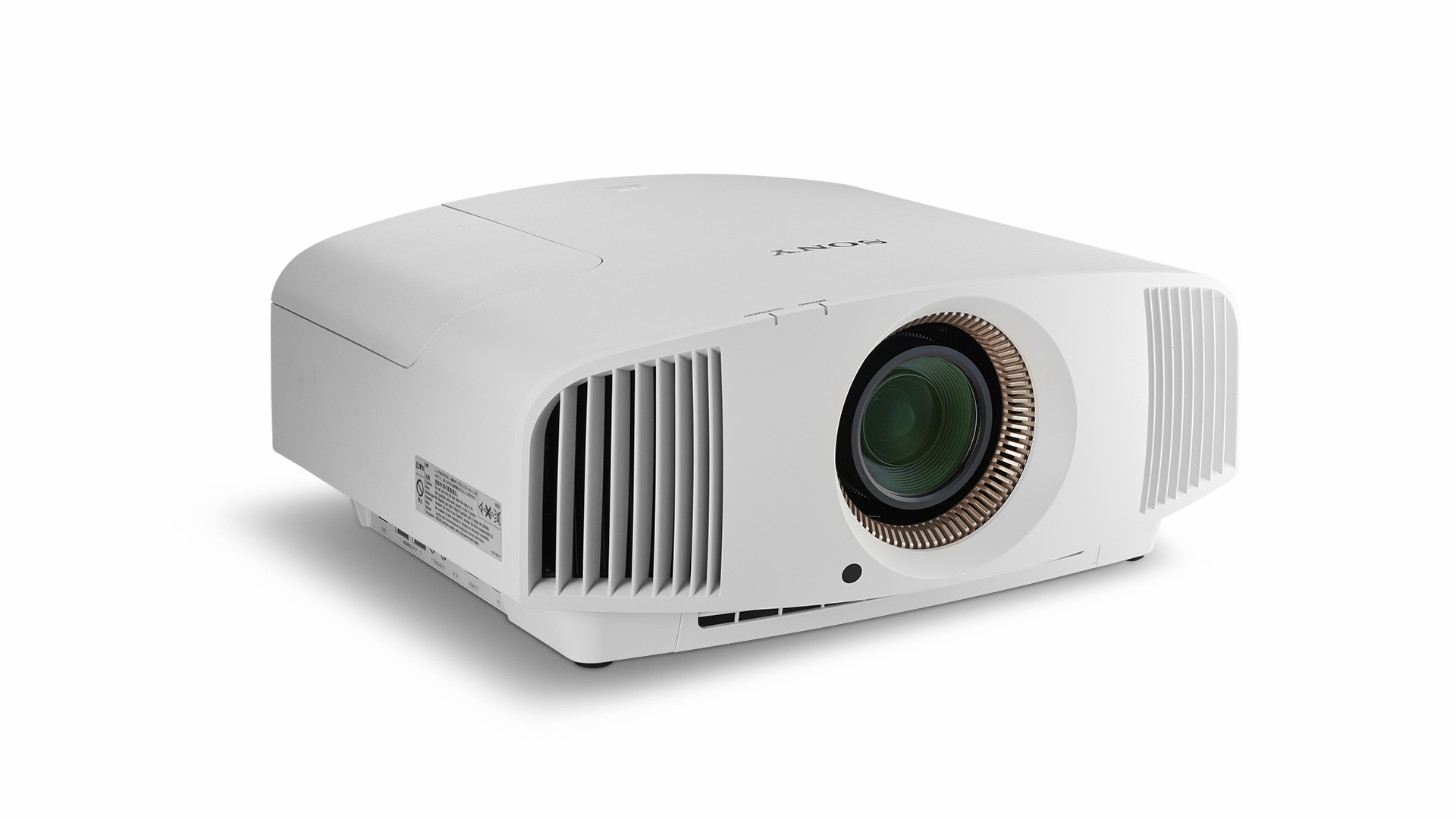
Resolution Native 4K (4096 x 2160)
Brightness 1800 lumens
Dynamic contrast 350,000:1
Throw ratio 1.38:1 to 2.83:1
Lamp life 6,000 hours (Low mode)
HDR formats HDR10, HLG
Dimensions (hwd) 20.5 x 49.6 x 46.4cm
Weight 14kg
The 280W high-pressure mercury lamp offers a picture at up to 1800 lumens of brightness, which is best used in a room with the lights off. Sony predicts that it will last 6000 hours in ‘Low’ mode before you need to change it, but if you watch in ‘High’, expect that number to be lower. Watching in High also causes the fan noise to be louder than the 26dB stated, but the sound is steady and smooth and won’t spoil your big screen experience.
On the front sits the x2.06 zoom lens. It can throw a picture of between 60-300in, with a 100in image possible at distances between 3.1m and 6.4m. It also allows plenty of positioning flexibility with the ability to move the image up to 85 percent in each direction vertically and 31 percent horizontally. Naturally, the lens is fully motorised with the shift, zoom and focus functions all easily managed from the fully-featured Sony remote control.
That remote offers handy, direct switching between the picture presets as well as shortcuts to almost all of the picture processors and settings you’ll want to use. The remote does have a backlight but, sadly, the button to toggle it on and off does not glow in the dark, so finding it can be tricky. A motorised lens cap would also be of benefit. It’s currently a removable plastic cap, which can upset the lens settings if care is not taken.
Features
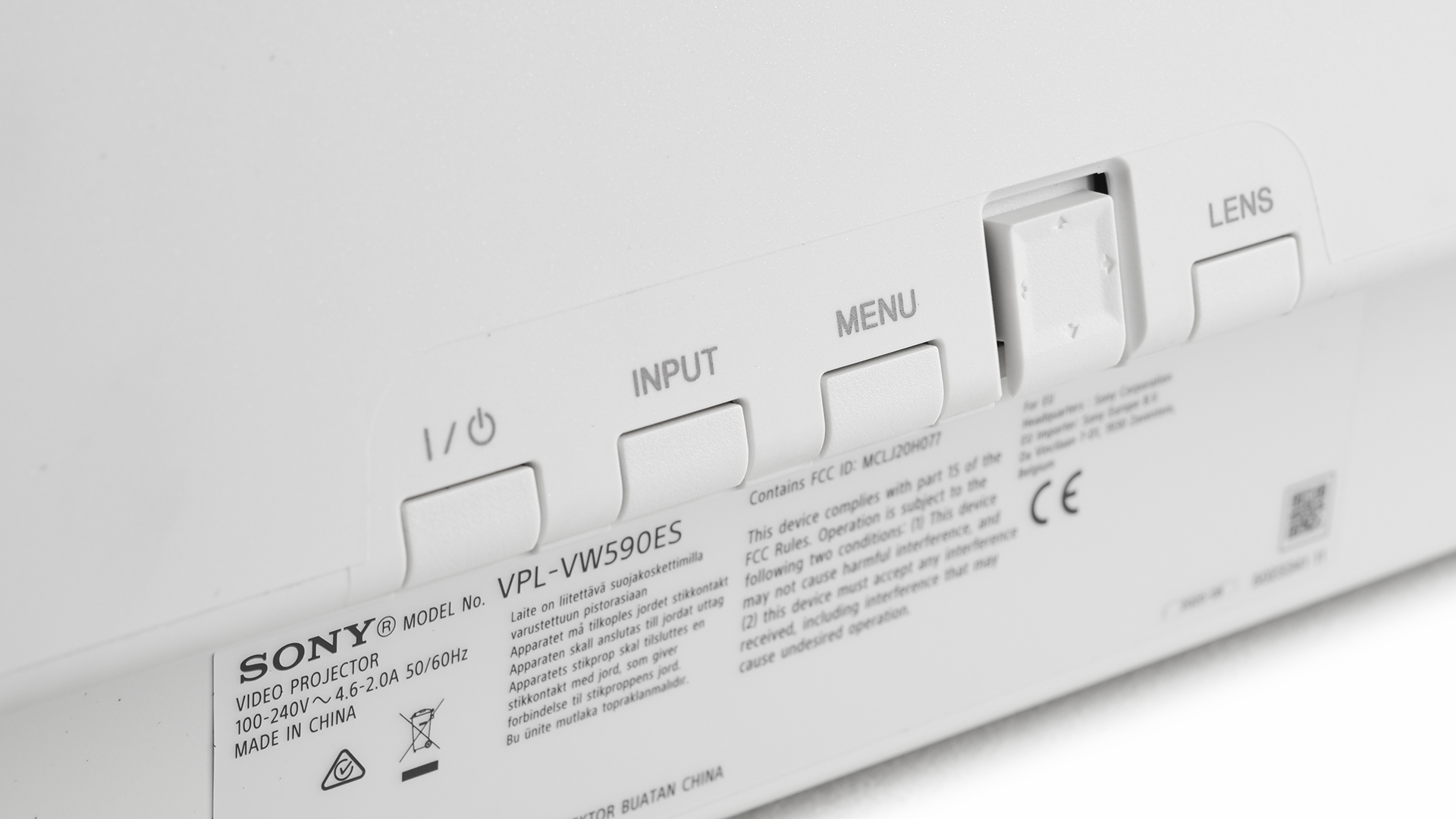
The key upgrade of the Sony VPL-VW590ES over the older model is the ‘X1 for Projector’ chip. It’s the same picture processor as used in Sony’s best TVs, but optimised for projectors.
It’s not quite as premium as the X1 Ultimate processor found in Sony’s more expensive laser models but it brings what Sony describes as ‘high-precision frame analysis’ for features such as Dynamic HDR Enhancer, Super Resolution and, of course, Sony’s excellent 4K Motionflow motion processing.
The HDR Enhancer works on a frame-by-frame basis to analyse each scene and, with the help of the dynamic iris, adjust contrast on-the-fly. The Super Resolution uses algorithms to match the patterns it sees in each image and reinforce them. Combined, the idea is for a sharper, better-exposed picture than its predecessor.
Those who still want to watch in 3D should note that, unlike the rival JVC DLA-N5, the Sony VPL-VW590ES has a 3D emitter built-in. You’ll still have to buy your 3D glasses separately, though.
Picture
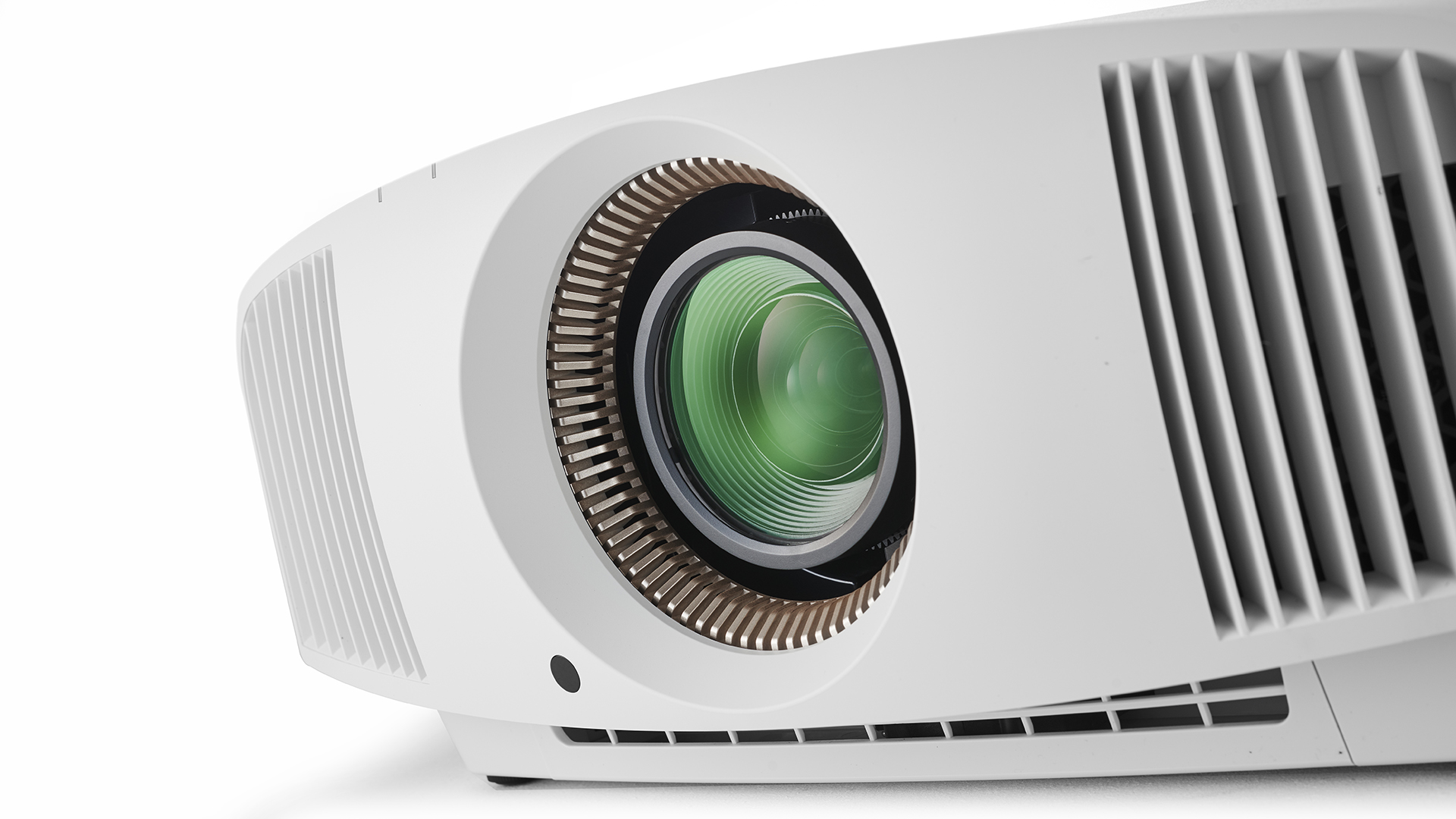
There are seven Sony-calibrated picture presets to flick through with the best of the bunch being the two Film modes, Reference and Bright Cinema. The colour temperature of all of them is worth a little tweaking, depending on the source, but the Clear White filter in the Expert Settings will solve most issues.
Once set, the colour performance from this projector is breathtaking and the 4K detail superb. Watching the North American episode of Seven Worlds, One Planet, we get some stunning views of wildflowers on the Canadian mountain pastures and a vivid palette of greens from the lichen, seaweed and foliage of the pine trees at the country’s coastal forests.
Using the Reality Creation menus, it’s possible to add an intense and granular level of 4K detail that’s outstanding for a projector at this price. The fur of the Black Bears that roam this habitat is picked up beautifully as are the crusty barnacles and gritty edges to the rocks that these creatures clamber over in search for food.
As ever, Sony’s Motionflow tech does a superb job of keeping the picture looking both smooth and natural as the camera zooms over the earth below. True Cinema rubs off the big judders while maintaining the action’s 24fps appearance. The more processed Smooth Low option works well too.
The Sony VPL-VW590ES also does some excellent work with HDR. As day turns to night, the levels of darkness in the forest are adjusted to deliver the maximum amount of tonal detail. Light from the firefly abdomens is intense, while the details of their heads and limbs are clear to see. The water droplets sitting on the threads made by the orb-weaving spiders hang like silver jewels in the moonlit woodland, each one under pinpoint contrast control with nothing lost to the shadows.
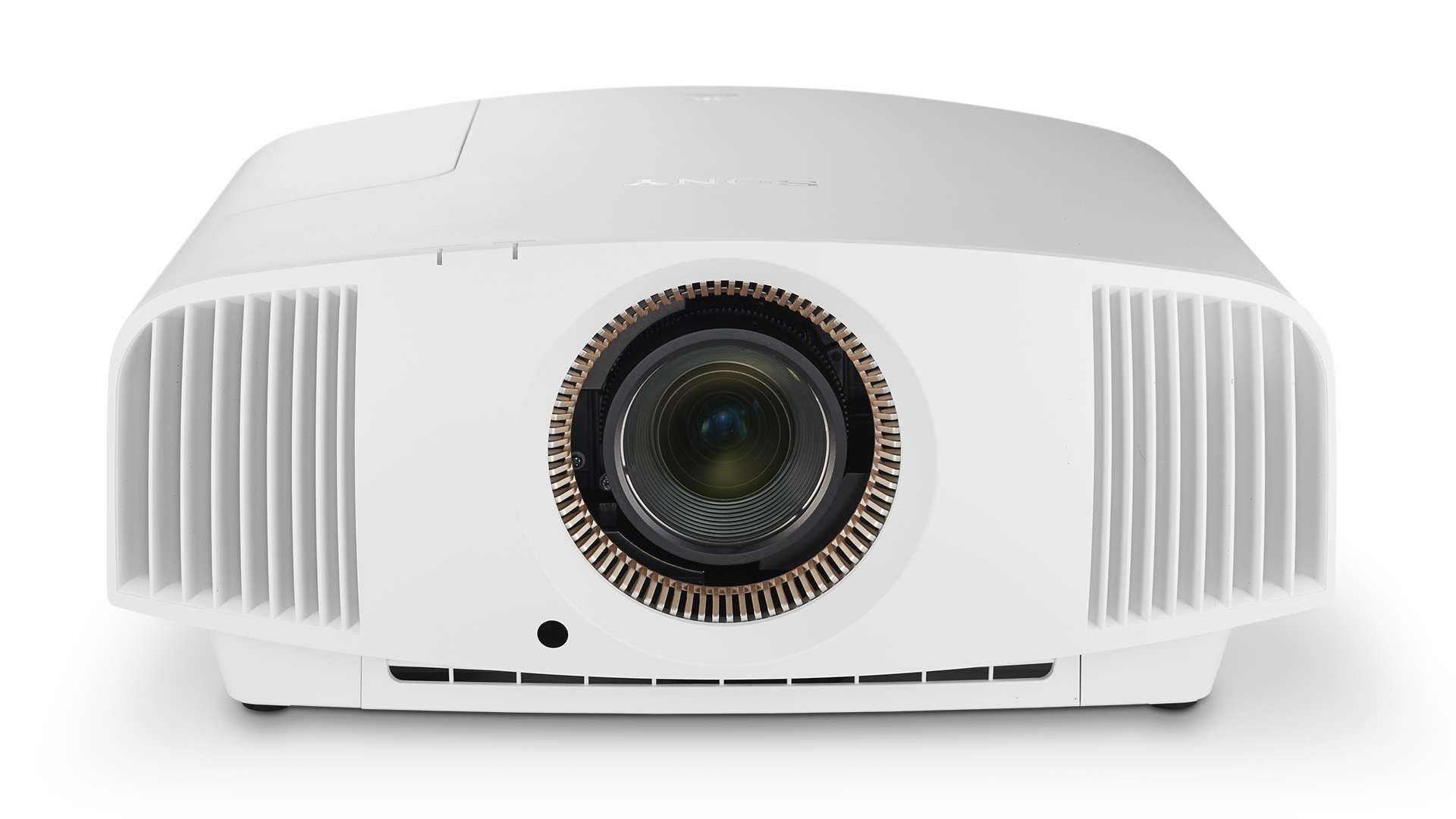
Stepping down to The Book Thief on Blu-ray, without the benefits of HDR, is a more difficult test. Between light touches on the Dynamic Iris and Contrast Enhancer settings, though, we still get a workable balance between black depth and dark detail.
The Sony’s character is more binary, in terms of contrast, rather than smooth and subtle in its shading, and that results in an appearance that's dynamic but less truly natural than some. It makes for an engaging watch that never fails to capture the sense of place throughout the film, though.
In the candle-lit scenes in the Hubermann’s basement, for example, we can still make out the wooden boxes and glass jars, even in the thick of the shadows, with enough care on textures to pick out details such as the worn leather on Liesel’s oxblood boots.
In scenes with more mixed lighting, such as the train station, there’s enough differentiation in the whites of the steam and cloud in the sky even while the projector has to produce the heavy blacks of the train and the dark platform in the foreground.
Down at standard definition, the picture isn’t too bad either. Turn the Reality Creation settings right down to avoid noise at this resolution. You may also need to set your disc player to output 480p and alter the aspect ratio on the projector remote control to get it upscaling properly.
No projector or TV is going to make much of a treat of detail when a DVD of Die Hard 2 is upscaled to more than 25 times the size of the source material. Nonetheless, we’re happy to get stuck into the action as John McClane races around Dulles International Airport trying to take down a terrorist plot, armed with a handgun and a clip full of wry one-liners.
Verdict
This is an exceptionally good projector and a marked upgrade on both its predecessor and the step-down native 4K projector from Sony, the VPL-VW270ES.
If you’re looking for a projector at this level it would be wrong to ignore the VPL-VW590ES, but you should be sure to check out the Award-winning JVC DLA-N5 as well.
SCORES
- Picture 5
- Features 5
- Build 5
MORE:
Read our guide to the best 4K projectors
Read our JVC DLA-N5 review
Read our Sony VPL-VW550ES review
What Hi-Fi?, founded in 1976, is the world's leading independent guide to buying and owning hi-fi and home entertainment products. Our comprehensive tests help you buy the very best for your money, with our advice sections giving you step-by-step information on how to get even more from your music and movies. Everything is tested by our dedicated team of in-house reviewers in our custom-built test rooms in London, Reading and Bath. Our coveted five-star rating and Awards are recognised all over the world as the ultimate seal of approval, so you can buy with absolute confidence.

